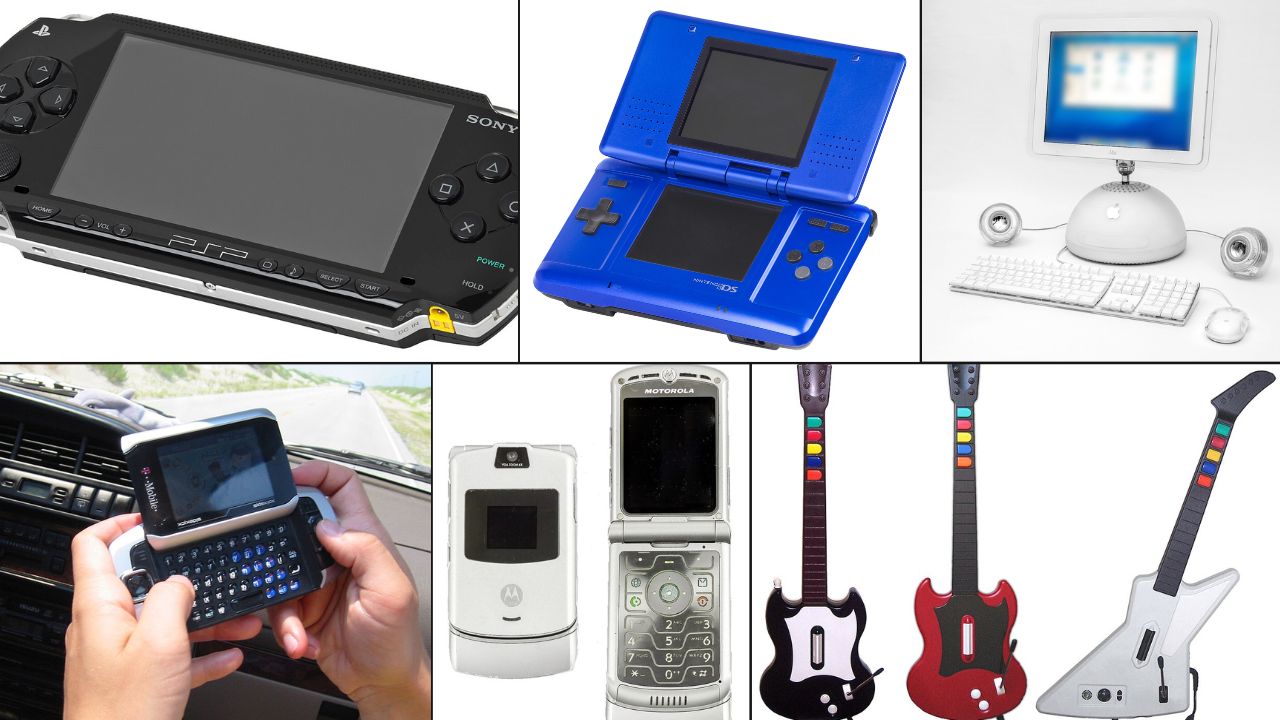Before apps ruled everything, the 2000s gave teens pocket tech that felt personal. Music lived on tiny drives, texting exploded, and portable gaming went everywhere from bus rides to lunch tables. Carriers sold unlimited nights and weekends, YouTube made pocket cams useful, and megapixels replaced film labs. These ten gadgets mixed clever design with cultural pull, changing how teens shared songs, messages, photos, and scores. Each entry includes release context or real numbers, not just vibes, to show why it truly defined the decade.
1. Apple iPod and iTunes (2001)
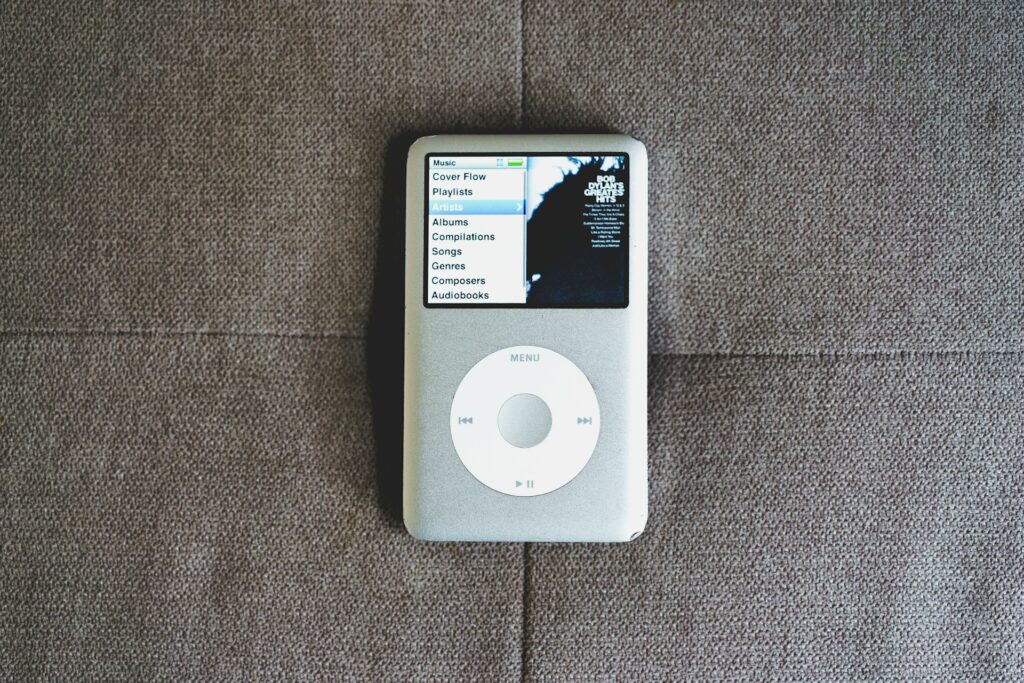
Apple’s iPod put thousands of songs in a jeans pocket, then iTunes made buying a single track simple at standard prices. The click wheel became a status symbol, while later Nano and Shuffle models shrank even further for bus rides and gym class. By the late 2000s, Apple had sold hundreds of millions of iPods, and teens ripped CDs to build libraries legally. Portable music existed before, but the smooth sync, battery life, and easy store experience set a new baseline for everyday listening.
2. Motorola Razr V3 (2004)
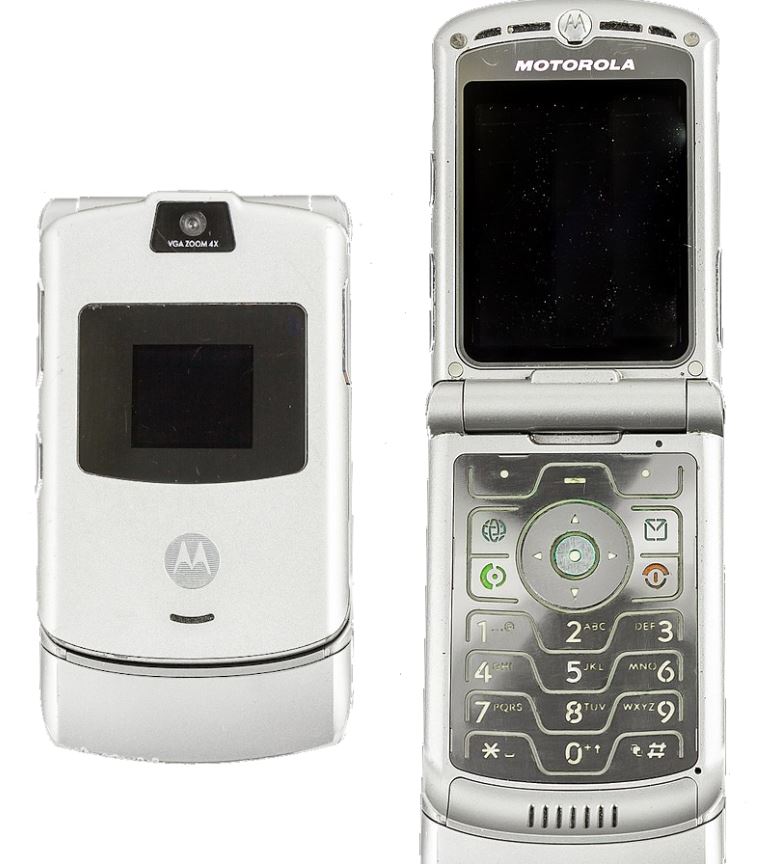
The Razr V3 turned a flip phone into fashion. Its ultra-thin metal shell, bright external screen, and satisfying snap closed made it the hallway flex. Motorola shipped well over one hundred million units, and carriers pushed it in every color. Teens set custom ringtones, T9 texted at speed, and learned the art of mirror selfies. It was not the smartest phone, but it nailed pocket feel and battery life. For many, the Razr defined cool before touchscreens took over the conversation.
3. T-Mobile Sidekick, aka Danger Hiptop (2002)
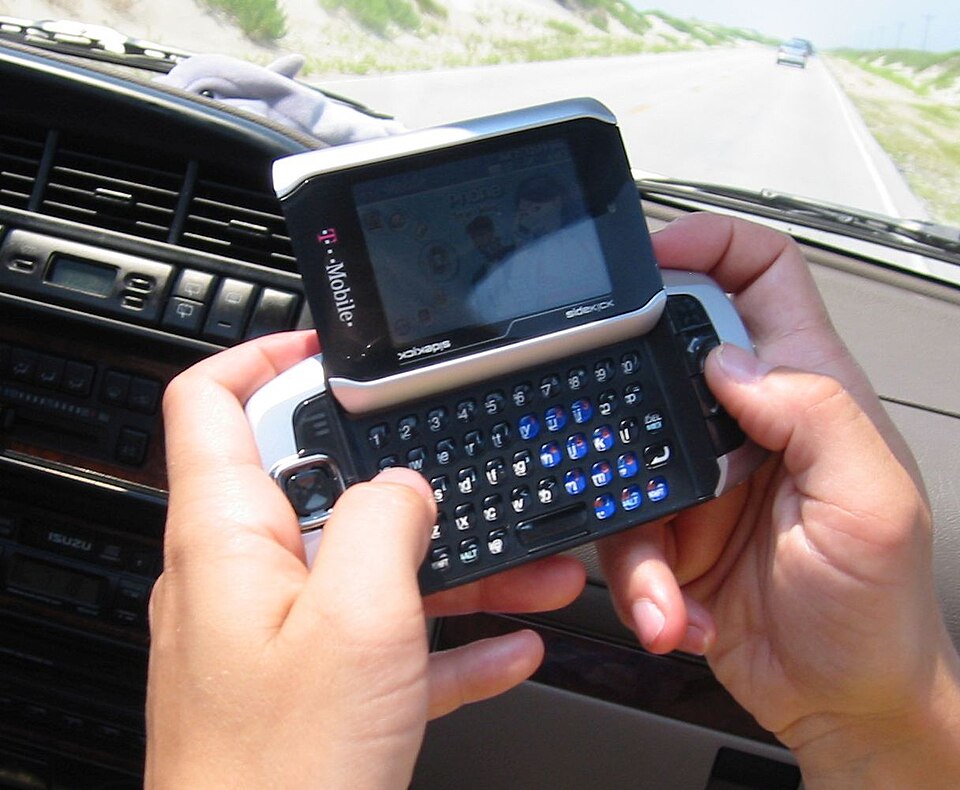
A twist of the screen revealed a full QWERTY keyboard that turned texting into instant messaging. Sidekick plans bundled data and unlimited messaging, plus built-in apps for AIM and email that teens actually used. Cloud backup saved contacts if a phone broke, a rare feature then. Celebrities flashed Sidekicks courtside, and the swivel became part of teen muscle memory. It was not the fastest camera or the prettiest phone, yet for chatting nonstop, the Sidekick felt unbeatable in that moment.
4. BlackBerry Curve With BBM (2007)
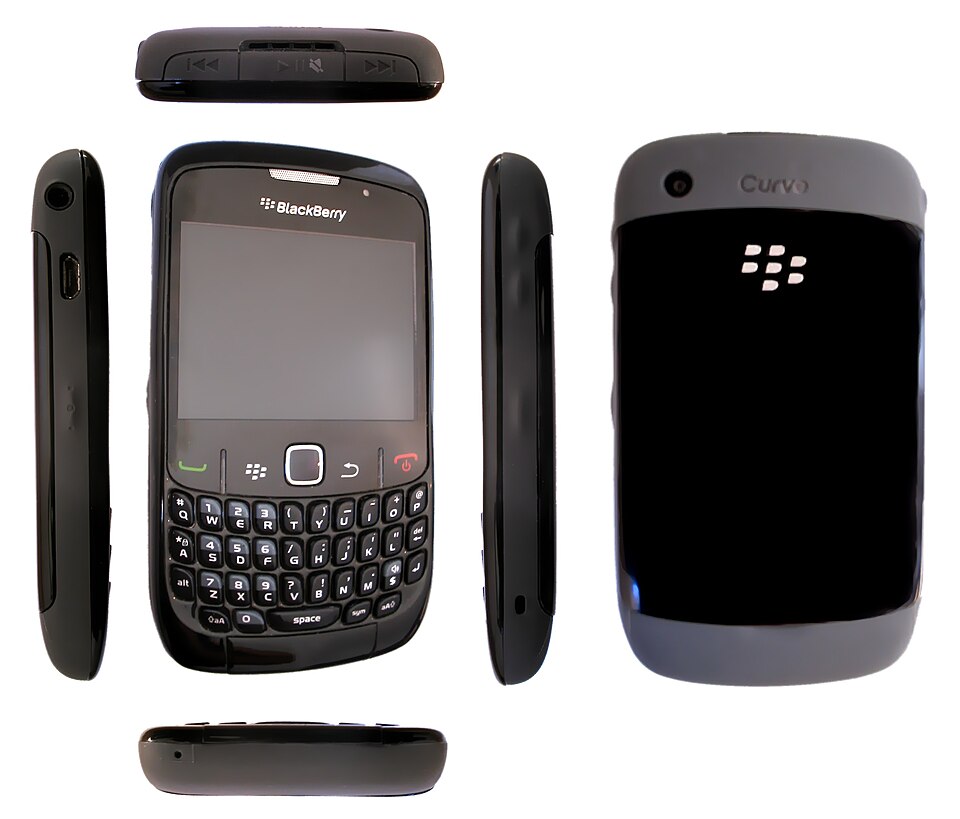
BlackBerry brought grown-up messaging to hallways. The Curve’s keyboard, notification light, and BlackBerry Messenger created invite-only chats with delivery and read checks that felt futuristic. Schools saw thumbs flying between classes, and group plans made BBM circles huge. Email-on-phone became normal, not office-only. While app stores soon changed everything, the Curve proved that a phone could be a reliable communicator first. For many teens, it was the bridge from flip phones to full smartphones, with real-time receipts to prove it.
5. Nintendo DS and DS Lite (2004)
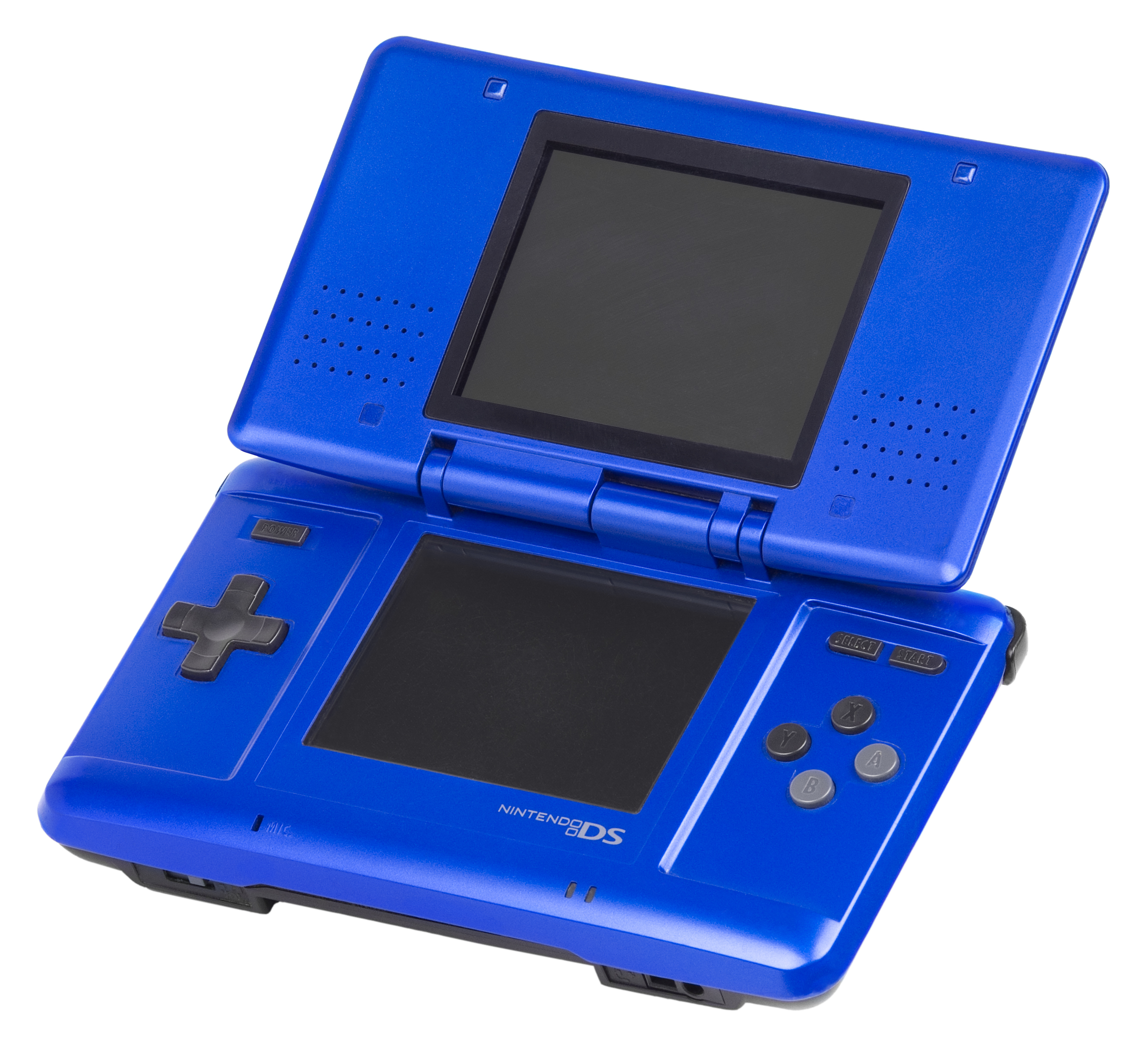
Two screens, a stylus, and PictoChat turned the DS into both console and notebook. Nintendogs taught voice commands, Brain Age gamified math, and Mario Kart DS made lunchroom tournaments wireless. The DS family sold over one hundred million worldwide, topping many home consoles. That success came from portability, long battery life, and touch-based play teachers sometimes allowed on bus rides. It proved that handheld gaming could be social, creative, and friendly for all ages without needing a living room TV.
6. Sony PlayStation Portable, PSP (2005 in North America)
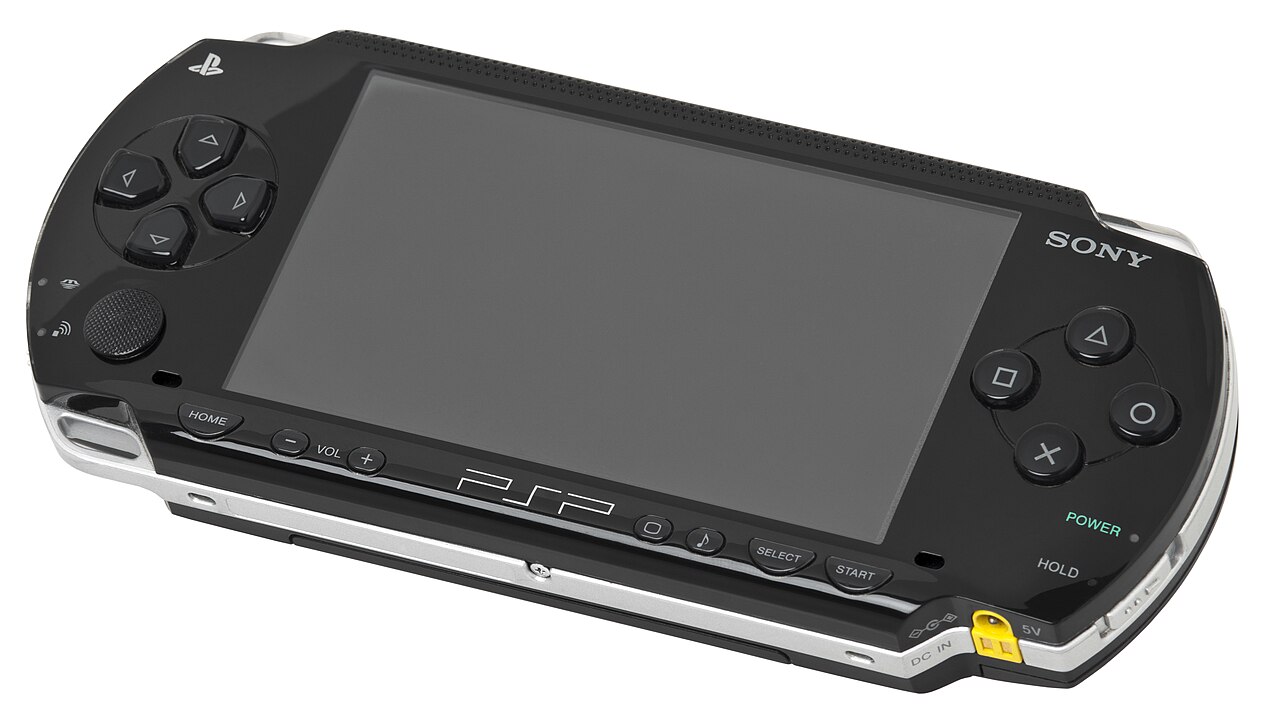
The PSP felt like a pocket console for graphics fans. Big screen, serious sound, and games like God of War and Monster Hunter made it a commuter favorite. It also played MP3s, photos, and UMD movies, so teens traded discs like mixtapes. Wi-Fi added downloads and multiplayer in cafeterias. While battery and UMD load times drew jokes, the PSP showed that high-end visuals and media on the go were possible, pushing rivals and setting expectations for portable power.
7. Nintendo Wii Motion Controls (2006)

A home console counts as a teen gadget when it changes friend hangouts. The Wii’s motion controller pulled families and classmates into living rooms for tennis, bowling, and Just Dance nights. Selling over one hundred million units, it made active play mainstream and turned tiny movements into on-screen wins. PE teachers and community centers used it for light workouts, while party games cut through skill gaps. The Wii proved accessible tech could beat raw specs when fun ruled the room.
8. Flip Video Pocket Camcorders (2006–2007)
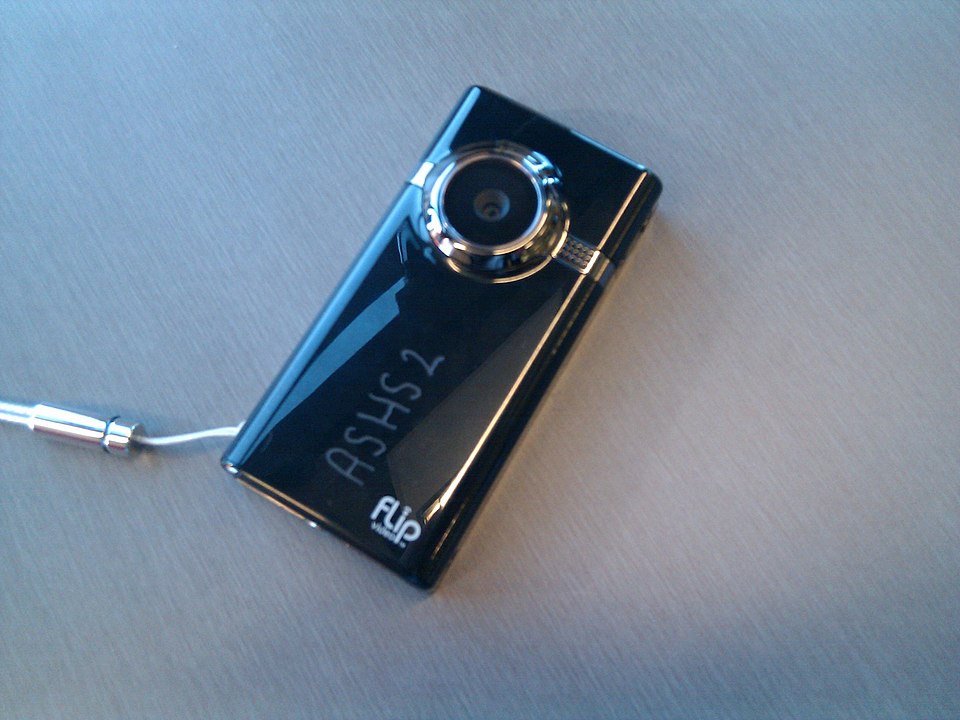
Flip Video’s one-button record and built-in USB made filming simple, then YouTube gave those clips a home. Teens captured skate lines, talent show sets, and weekend vlogs without menus or tapes. Battery life and quick transfers beat early phone cams, and cheap price meant friends could share. The brand sold millions before phones caught up, and it helped shape the idea that quick, authentic video beats polished edits. Pocket cams made documenting teen life feel normal, not a class project.
9. Point-and-Shoot Digital Cameras (2000s)
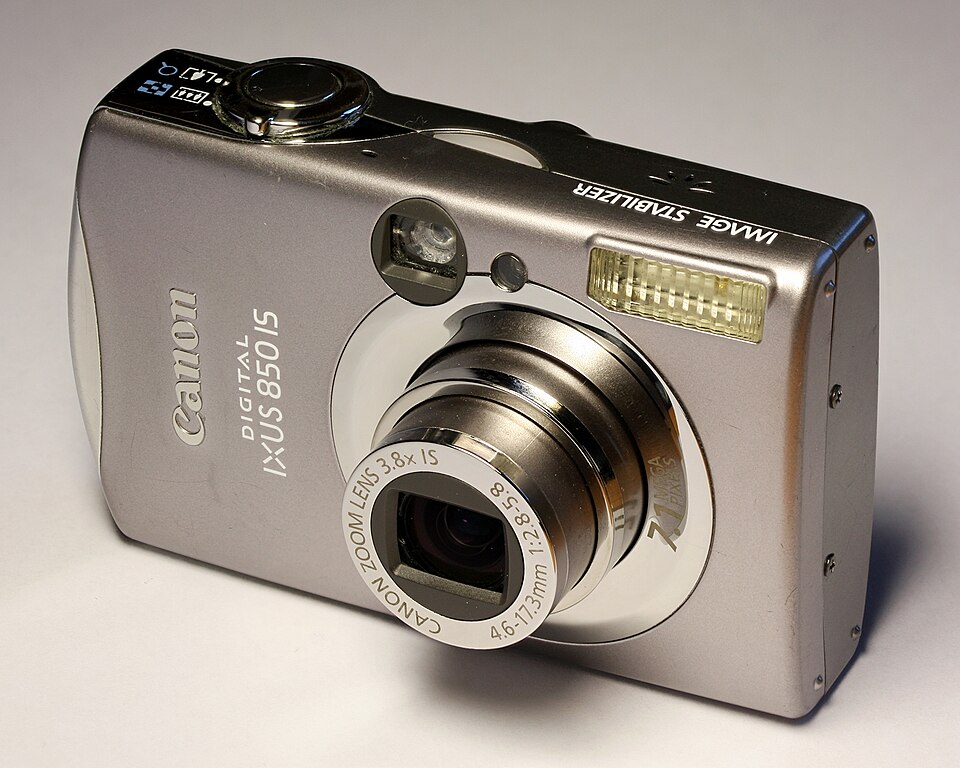
Compact cameras from Canon, Sony, and others replaced film for birthdays and hallway pics. The megapixel race jumped from a few to double digits within the decade, while SD cards let teens shoot hundreds of photos without a lab visit. Face detection and image stabilization improved selfies and dance shots, and LCD previews taught instant retakes. Uploads to MySpace, early Facebook, and photo sites created the first big teen galleries. Simple menus and pocket size pulled photography into everyday plans.
10. Guitar Hero and Rock Band Controllers (2005–2008)
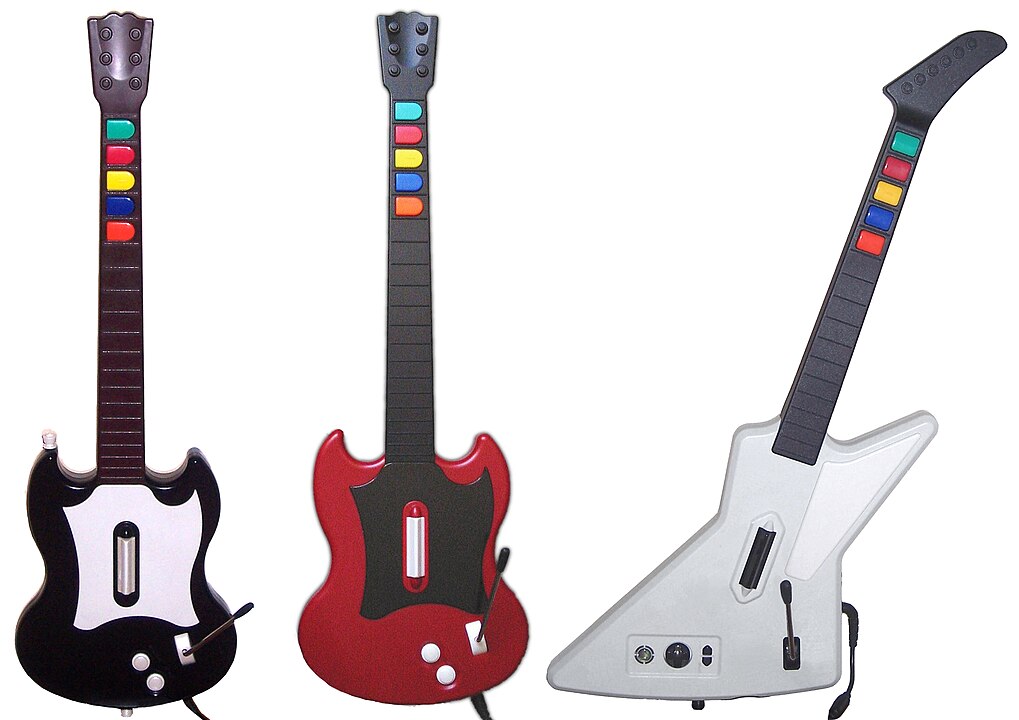
Plastic guitars and drum kits turned bedrooms into stages. Rhythm-game hits mapped colored notes to real timing and teamwork, so friends formed living room bands. Soundtracks introduced teens to classic rock and pop-punk, and downloadable tracks kept setlists fresh. School clubs and parties used the games for quick icebreakers, while practice modes taught rhythm basics. Sales peaked mid-decade, but the experience proved peripherals could create new genres, blending music discovery with competition without needing real amps or lessons.
11. iMac G4 (2002)
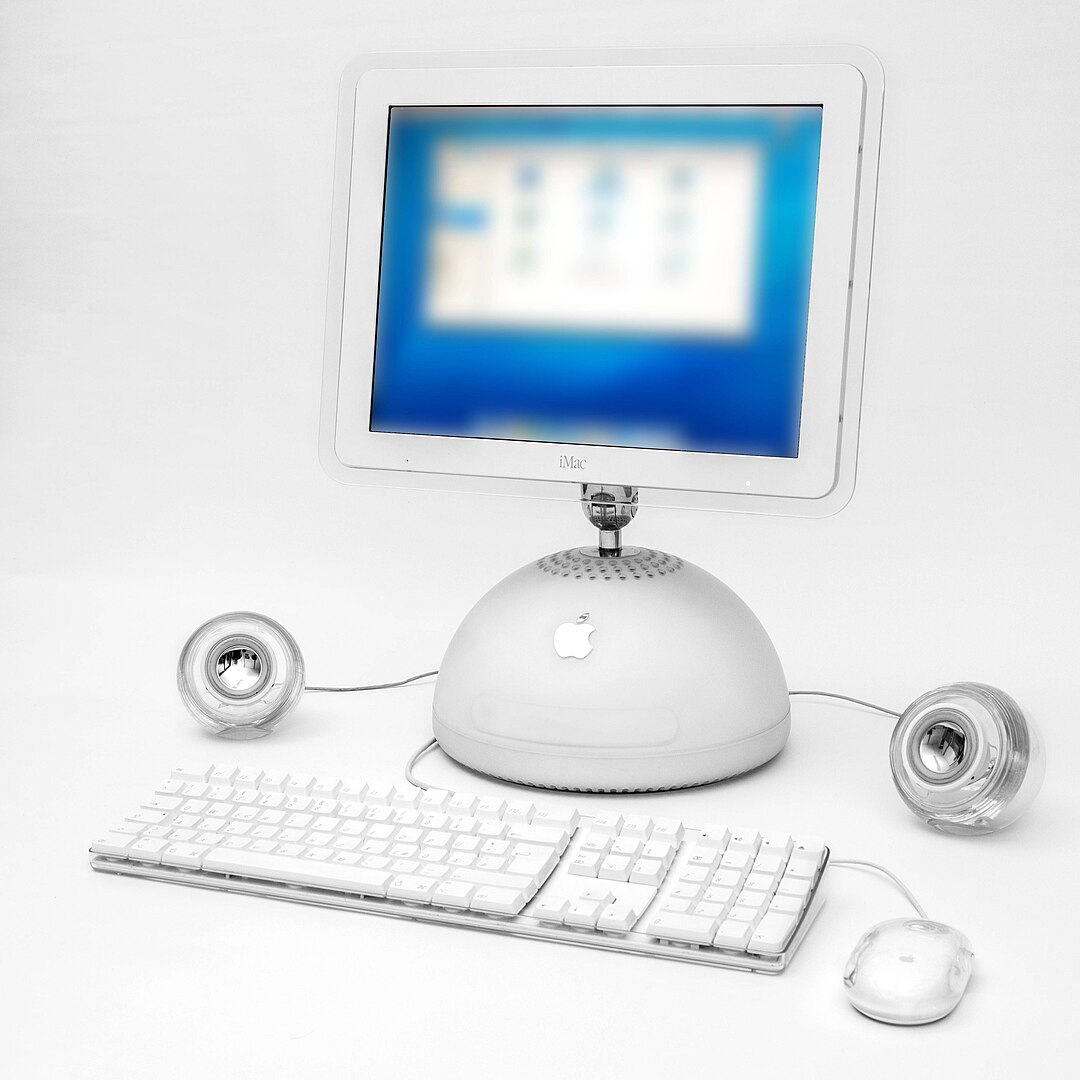
The iMac G4, with its unique, futuristic design, became one of the most iconic computers of the early 2000s. Its round, swiveling base and flat-panel display made it a visual standout, and its all-in-one design appealed to both teens and adults. The iMac G4 was a powerful tool for students and creatives alike, offering high-speed internet access, creative software, and a sleek design. It became a symbol of Apple’s innovative approach to technology during the 2000s.
12. VCR/DVD Players (2000s)

While DVDs were still in their infancy at the beginning of the 2000s, the VCR/DVD combo players quickly became popular among teens who wanted to watch movies in the comfort of their own homes. These players allowed teens to watch their favorite movies, record TV shows, and share video rentals with friends. With the rise of DVD players and eventually Blu-ray players, these gadgets served as the bridge between VHS and the digital streaming era.
